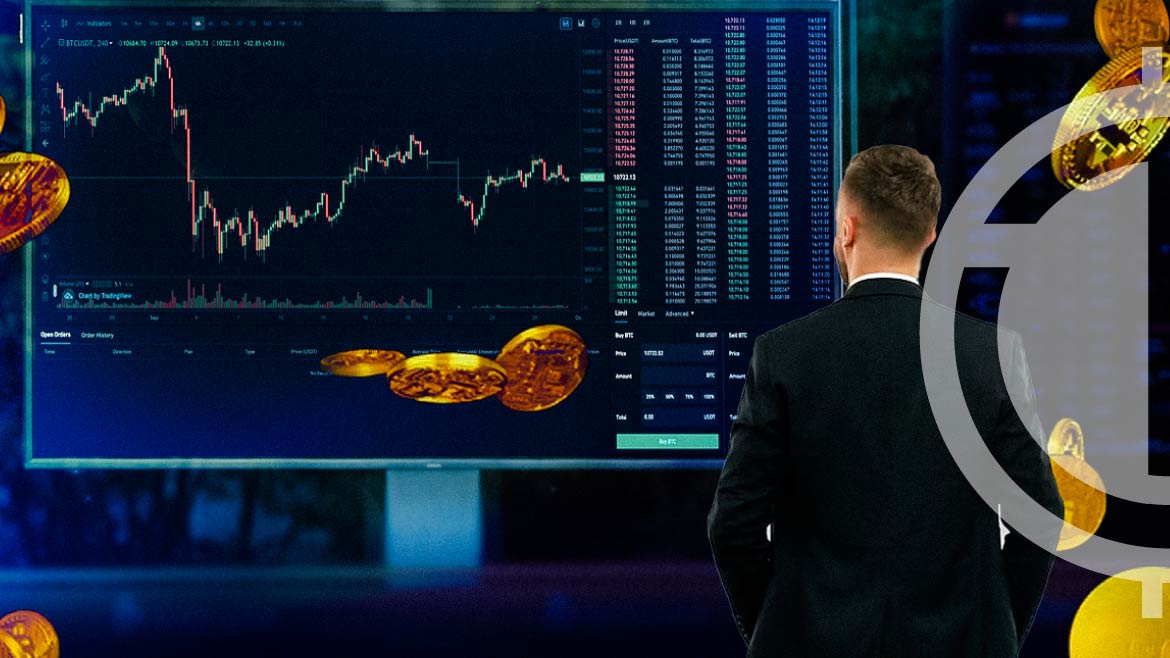In the wake of ongoing lawsuits by the US Securities and Exchange Commission (SEC) against several prominent altcoin projects, the cryptocurrency market has witnessed a significant shift in investor behavior. Amidst the fear sentiment generated by these legal battles, market participants are turning towards more stable assets, leading to a remarkable surge in the total number of unique active addresses in stablecoin transactions.
Notably, CryptoQuant, a renowned crypto analytics platform, shared insightful analysis on the increasing total number of unique active addresses in stablecoin transactions amidst the altcoin market cap decline and SEC lawsuits:
Analysis of Increasing Total Number of Unique Active Addresses in Stablecoin Transactions Amidst Altcoin Market Cap Decline and SEC Lawsuits
— CryptoQuant.com (@cryptoquant_com) June 12, 2023
"The fear sentiment generated by the SEC lawsuits has influenced market participants' behavior and their preference for more stable… pic.twitter.com/2tMay1Pzpk
In recent months, the cryptocurrency market has faced significant headwinds, including a decline in the market capitalization of many altcoins and an increase in regulatory scrutiny. The SEC has aggressively pursued legal action against various cryptocurrency projects, creating fear and uncertainty among investors.
As a result, market participants have shown a preference for stablecoins – digital currencies pegged to a stable asset such as the U.S. dollar or gold – to hedge against other cryptocurrencies’ volatility. This has led to a surge in the total number of unique active addresses in stablecoin transactions, reflecting the growing demand for these more stable assets.
Stablecoins have emerged as a key player in the crypto ecosystem, providing a stable store of value and enabling smoother transactions across different platforms. They also offer a more accessible entry point for new investors who may be wary of the risks associated with more volatile cryptocurrencies.
While the rise in stablecoin transactions could be seen as a positive development for the overall cryptocurrency market, it also raises concerns about the potential impact on the broader ecosystem. With investors flocking to stablecoins, other digital assets’ liquidity and trading volume may suffer, leading to reduced price discovery and increased volatility.
Moreover, the growing prominence of stablecoins could draw further regulatory attention as authorities grapple with classifying and regulating these digital assets. The SEC’s lawsuits against various cryptocurrency projects have already sent shockwaves through the industry, and any additional regulatory actions targeting stablecoins could exacerbate the current market uncertainty.
In conclusion, the surge in stablecoin transactions amidst the decline in altcoin market cap and SEC lawsuits signals a shift in market participants’ behavior towards more stable assets. As investors seek refuge in the relative safety provided by stablecoins, it remains to be seen how this trend would impact the broader cryptocurrency market and whether it would prompt further regulatory scrutiny. Regardless of the outcome, one thing is clear: stablecoins are proving to be an increasingly important player in the ever-evolving world of digital finance.






